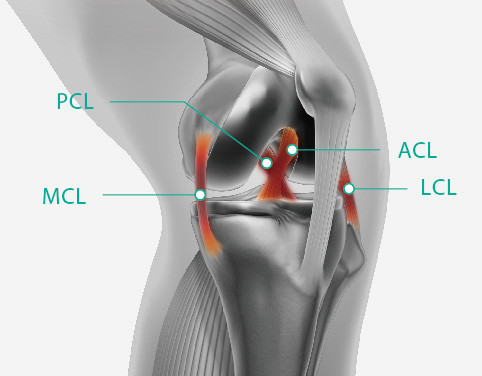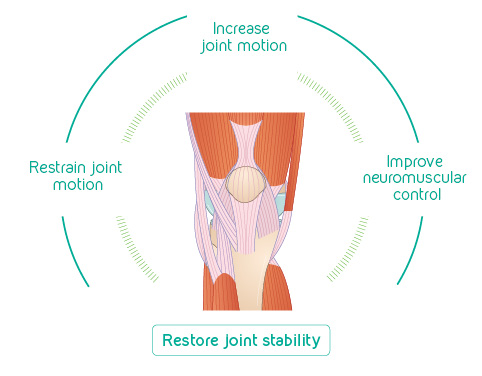LOADING
Knee injuries, particularly those affecting the anterior cruciate ligament (ACL), can have a lasting impact on mobility and quality of life. Whether you're an athlete or someone who enjoys an active lifestyle, understanding ACL injuries is crucial for prevention and recovery. This article explores the key aspects of ACL injuries, from common causes to effective treatment strategies.
The anterior cruciate ligament (ACL) is one of the most commonly-injured ligaments of the knee. Approximately 100,000 to 200,000 ACL injuries occur per year in the USA. The ACL controls anterior translation of the tibia and restraint of tibial rotation, as well as varus or valgus stress. After injury, people will experience different grades of knee instability and increased likelihood of degenerative knee arthritis, which will not only limit activities but also bring pain and disability.
Most people feel the knee become unstable or “giving out” after ACL injury, a feeling which may continue throughout the healing process. Knee instability may lead to further trouble if not treated well. Here are some of its characteristics:


Other structures are often damaged during an acute ACL injury. Associated structures that are commonly injured include the meniscus, joint capsule, articular cartilage, subchondral bone (bone bruise), and other ligaments.
After ACL tears, inflammation presents immediately and leads to joint hemarthrosis, then enlarges joint space.
Muscles provide dynamic stability for the knee joint, and any changes of muscle strength or coordination after injury will affect biomechanics during movement.
In recent years, more and more research has shown that early mobilization and rehabilitation are helpful and effective for ACL injuries. Patients participate in rehabilitation programs or daily activities earlier than before. Safe movement under persistent instability should be the first concern.
Treatments for ACL injuries may include surgery or rehabilitation, both are aimed at restoring joint stability. Surgical interventions rebuild static stability by implanting a replacement tissue, while rehabilitative interventions reinforce dynamic stability through different approaches:

Knee braces mainly provide extra stability for the injured joint during healing. Besides protecting the knee by compressing the surrounding soft tissues or restraining joint motion, a brace can help restore joint dynamic stability by enhancing proprioception. Studies have shown that a knee brace can increase joint proprioception and improve neuromuscular control and functional performance after an ACL injury [3].
All management strategies for ACL injury are aimed at increasing tissue healing and restoring joint stability. According to different grades of instability, different supports are appropriate to the demands of the healing process.

Copy Link